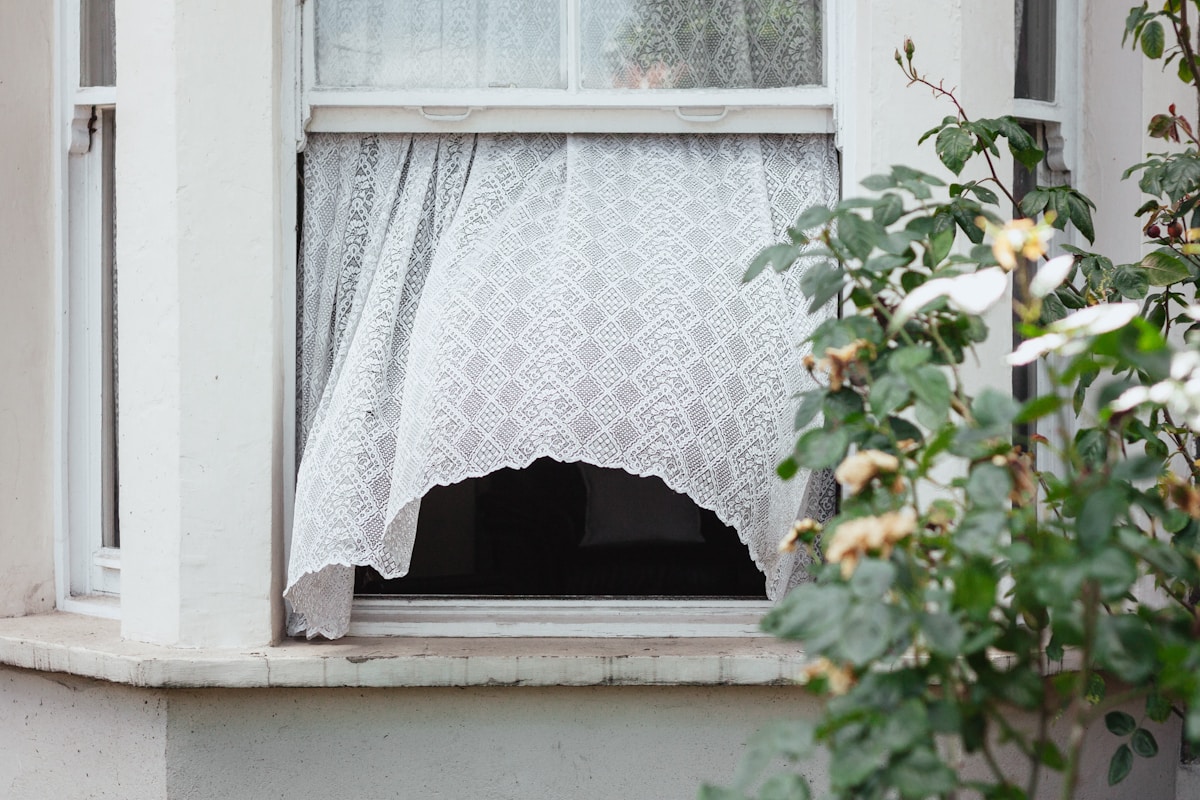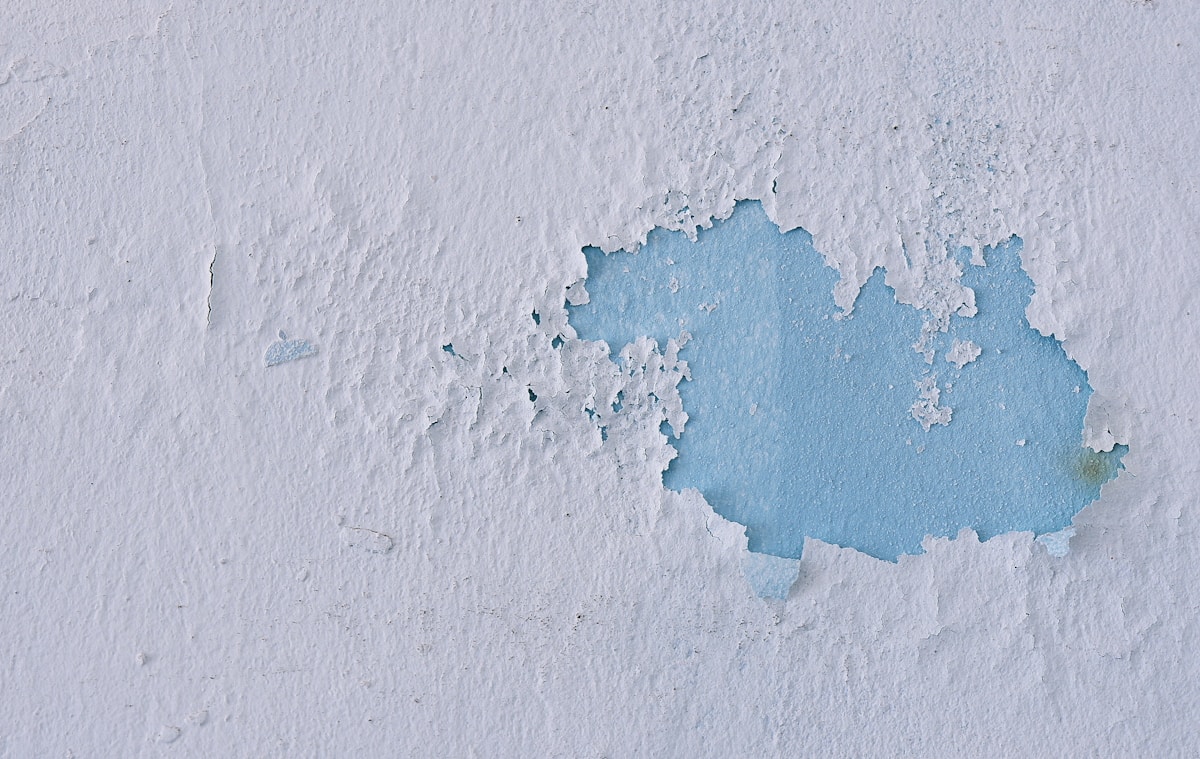Corporate Wellness in Hong Kong
Employee health is affected by the quality of air they breath.
Did you know air pollution is rated as the third cause of ill health for the world’s population!
Home office edition
Research shows that we spend approximately 90% of our lifetime in enclosed spaces, and as much as 69% of that time is within the home! With many of us stuck at home in our community efforts to flatten the curve and reduce COVID-19’s spread. This number will dramatically rise in coming months.

Cooking, cleaning or even resting on a sofa, exposes us to millions of invisible air contaminants which can put us at risk for health problems. COVID – 19 is not the only thing you need to be worried about!

Air Quality is a heavily focused topic in the WELL building standard and it’s one of the most important chapters that all Accredited WELL professionals must be experts at in order to be accredited. A large part of your health and wellness depends on the quality of air your breathing.
Tips to Improve Your Indoor Air Quality at home.
LivEvexia suggests the below tips for eliminating air contaminants and making your home a cleaner, safer space while you work from home.
1. Prevention is better than a cure.
Max von Pettenkofer (1818–1901), a pioneer of modern hygiene and preventive medicine, once said “If there is a pile of manure in a space, do not try to remove the odor by ventilation − Remove the pile of manure.” the most effective way to reduce air pollution at your homes is to eliminate individual sources or to decrease their emissions.

Eliminate combustion. Combustion-related emissions, mostly from cooking and space heating, are the major sources of air pollution in homes. Cooking can create harmful combustion by-products such as carbon monoxide, nitrogen dioxide and small particles. BUT PLEASE DON’T STOP COOKING! Cooking can bring many forms of nutritional wellness and sense of well - being into your life especially during such unnerving times. Alternatively, opt for non-combustion products and avoid other combustion activities such as, candles, gas heaters.
Choose the right materials for your office and home. An estimated 95% of chemicals largely used in construction lack sufficient data on human health effects. Building materials, furnishings, fabrics, cleaning products, paints, sealants and adhesives continue to be used, despite known health hazards. Furnishings, fabrics, cleaning products, paints, sealants and many other building materials can emit volatile or semi-volatile organic compounds into the home air. Most of these dangers can be eliminated by proper material selection. Always select those that have low-emission certification labels. There have been recent cases where children who are exposed to VOC’s in their home contained in wall paint developed childhood leukaemia. So, choose your materials wisely.

Avoid scented products. The best smell is no smell! Air fresheners, incense, personal care products and other commercially available products emit a bouquet of volatile chemicals and usually serve only to mask rather than eliminate odors. For example, air fresheners emit chemicals such as limonene and pinene that, when mixed with other airborne pollutants, can produce cancer-causing agents. Personal care products, including spray perfumes, deodorants, nail polish and hair sprays contain chemicals that can produce dangerous secondary pollutants. Hence use these products sparingly or just avoid them if you can and whenever used, it should be done outdoors or in well-ventilated areas.
2. Nothing will change if you don’t change.
Human behaviour is rated as one of the top three components that affect pollutants in our homes. Change your behaviour to improve your health by
Letting the fresh air in. Open your windows and let fresh air in. This is especially important to do during high-polluting activities such as cooking, vacuuming or cleaning. Even when you sleep at night, your metabolism generates carbon-dioxide and other pollutants that could affect the quality of your sleep and next-day performance. Keeping at least a tiny bit of a window open (yes, even when weather outside is cold) should be part of your everyday practice. Your health and wellness depends on it!

Make use of exhaust fans. In addition to kitchens, bathrooms are another hot spot for indoor air pollution. Bathrooms can encourage the growth of mold and mildew, which have been associated with allergic reactions and aggravate lung diseases such as asthma. Another great way to increase ventilation and help eliminate pollutants from your home are exhaust fans (they should be installed in your kitchens and bathrooms). Ensure that your oven, clothes dryer and other appliances are properly ventilated. Make sure to ventilate while you are involved in short-term activities that can generate high levels of pollution — for example, cleaning, vacuuming, painting or others. Let the fans run for another 10-15 minutes after you finish your tasks, to minimize any residual air pollution.
Keep the poop out. As we enter our homes, we inadvertently bring in dust particles, including bacteria, pesticides and other toxins on our clothing, shoes and skin from the outside world. Studies have found bacterial coliforms and Escherichia coli on our shoes due to frequent contact with faecal matter from floors in public restrooms or contact with animal faecal matter while out in public. Wash your clothes (especially new ones before the first use) and shoes regularly with detergent which eliminates most of bacteria, and leave your shoes at the door!
Eliminate smoking at home and in the office. There is a strong link between exposure to second hand smoke and health problems such as heart disease, respiratory infections, lung cancer and asthma. In addition to nicotine, cigarettes contain about 600 ingredients that form over 7,000 compounds when burned, at least 69 of these are known carcinogens. If you think that you are protected because your family member smokes only when you are not at home – you are wrong. The thirdhand smoke (residual chemicals left on indoor surfaces by tobacco smoke) coheres to walls, furniture, clothes, bedding, carpets and other surfaces long after smoking has stopped. The only way to protect your home from second and third hand smoke is a 100% smoke-free environment.

Reduce Mold. Water leaks, poor plumbing, and poorly ventilated bathrooms can create stagnant water causing microorganisms, such as bacteria and mold, to breed. Humidity levels constantly above 60% in the home can easily cause mold growth, leading to odors and cause respiratory irritation and allergies in sensitive individuals. Exposure to mold has been linked to asthma, bronchitis, hypersensitivity pneumonitis and lung tumor development. The key to mold control is moisture control. Try to maintain relative humidity levels within 30-60% to prevent mold growth and to mitigate odor issues.

Clean and vacuum often. A person sheds up to 700,000 skin flakes per day! Regular cleaning and vacuuming will improve air quality in your home. Consider investing in a vacuum with a HEPA filter or microfiltration bag. A standard or water-filtered vacuum cleaner just stirs dust up (and eh hem skin flakes) into the air. Also consider wet instead of dry dusting – this is more efficient way to eliminate dust while preventing its escape into the air and landing on already dusted surfaces. Pay special attention to frequently touched surfaces, such as doorknobs, light switches, faucets, phone. If possible, wear an allergy mask (e.g. N-95 respirator) during cleaning and vacuuming to minimize inhalation of tiny dust particles.

3. Technology to the rescue.
When outside air is polluted or weather conditions are unfavourable for window opening, indoor pollutant levels can easily increase by insufficient introduction of fresh outdoor air to dilute indoor emissions or by not extracting indoor air pollutants from your home.
Use air purifiers. Portable room air purifiers can be used to clean the air in specific areas, but they are generally not intended for whole-house air cleaning. The use of air purifiers reduces allergic rhinitis and asthma symptoms. If possible, combine with some sort of outdoor air supply.
Monitor your air. Some indoor air pollutants can be recognized by their immediate impacts on our body such as throat irritation or watery eyes. Others, which often fly under our olfactory radar are not necessarily benign. According to the EPA, some health impacts like respiratory diseases, heart disease and cancer can show up years after exposure. For example, your homes may be contaminated with colorless and odorless gases such as carbon monoxide and radon, which are some of the biggest causes of lung cancer worldwide. Air quality can fluctuate throughout the day in every household, real-time monitoring with air quality detectors and sensors is an effective way to raise awareness for you to make corrective steps. Key air quality parameters that should be monitored in your home, are carbon monoxide, carbon dioxide, volatile organic compounds and particulate matter 2.5 and 10.
Partner with LivEvexia to Improve Your Indoor Air Quality
LivEvexia adapts these strategies from the WELL Building Standard from your home to your office to ensure your workplace is a safe and healthy environment for your employees. Workplace wellness and well-being starts with the quality of air you breath.
Reach out to LivEvexia for more information on how we can improve your indoor air quality in your office.
Contact us for more details - info@livevexia.com